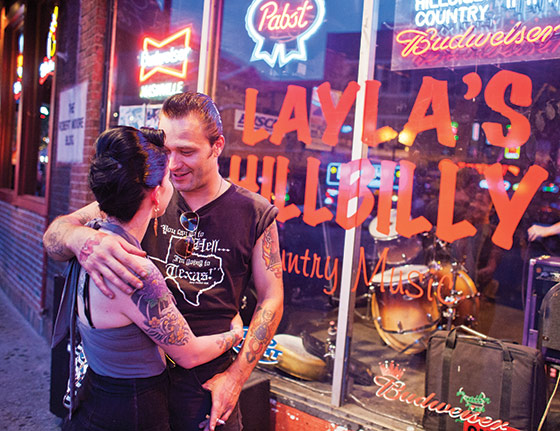
As Austin is to Texas, Nashville is to Tennessee: a progressive blue speck floating in a galaxy of red-stateness. The lieutenant governor here questions whether Islam is a religion, and, yeah, state legislators passed a law nullifying the city’s anti-discrimination policies, but this town of 610,000 still has its own Occupy movement and more than a few tradition-buckers. Of course, with the country’s highest concentration of musicians, Nashville identifies itself first and foremost as a music town. It’s an eating, drinking, hard-partying arts town, too. The area’s long agricultural history is a constant source of inspiration for its chefs, from the Achatz-trained team at the Catbird Seat to the Mas Tacos food truck. Homegrown stars like Ke$ha have stuck around, while transplants—Jack White, Nicole Kidman, the Black Keys—continue to move in. Tornado-and-flood-ravaged East Nashville, a kind of Williamsburg analog thanks to its pioneering creative class, has attracted national media attention, but it’s also a place whose residents are more into thrift-store scores than $375 jeans. The city even has its own prime-time soap opera now—a show that hits closer to home than most locals probably care to admit. Is Nashville trendy? Yes. But you don’t know Nashville if you think it gives two hoots and a holler.